- DroidAfrica
- ZTE
- ZTE Blade V2022 4G
ZTE Blade V2022 4G
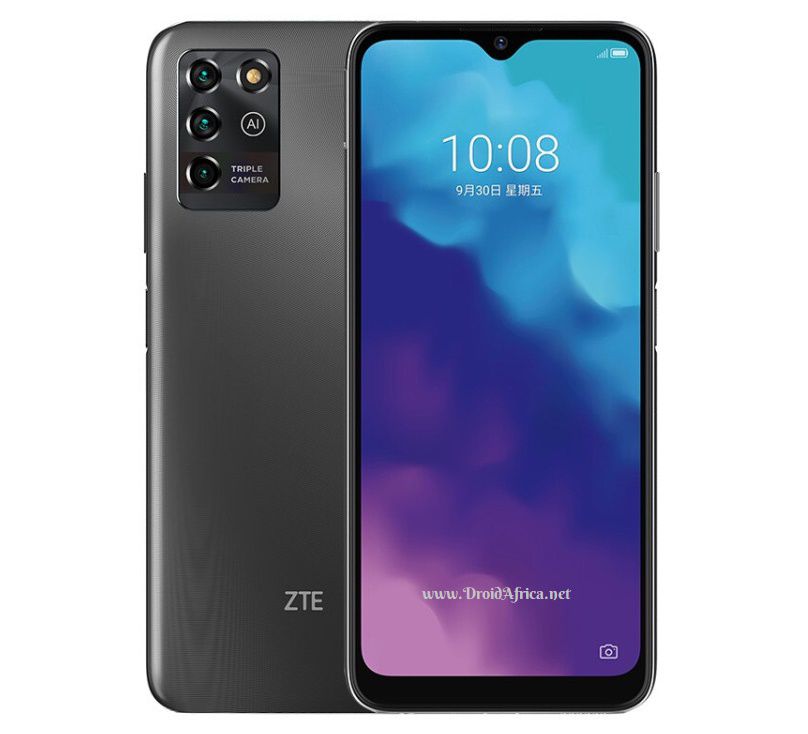
ZTE Blade V2022 4G Highlights and Overview
ZTE Blade V2022 is the direct successor to the Blade V2021. The model is the 4G version, and it come in a larger screen with UNISOC CPU. The device sports a large 6.82-inch screen with 720 x 1640 pixels resolution and has a dewdrop notch overhead which houses the selfie camera.
On the inside, the Blade V2022 runs an octa-core UNISoC SC9863A CPU, clocked at 1.6GHz, along with PowerVR GE8322 GPU. The phone has 4GB RAM and a large 64GB of internal storage which you can further expand up to 512GB via SD-card.
As for camera department the Blade V2022 come with three camera modules at the back and one upfront. The main rear lens is a 16-megapixel shooter pegged with 5-megapixel macro lens, and a 2-megapixel depth snapper, along with a single LED flash. On the front, there is a single 8-megapixel selfie lens kept in the notch overhead.
The device comes with a side-placed fingerprint scanner and support dual 4G VoLTE SIMs. Power is supplied by a 5000mAh battery that charges via a USB Type-C interface. The phone is available Dark Grey and Light Blue color and boot Android 11 out of the box. The full specs of ZTE Blade V2022 is contained in the table below.
ZTE Blade V2022 4G Full Specifications and Features
NETWORK
| Technology | GSM / HSPA / LTE |
| 2G Network Bands | GSM B1/2/5/8 - SIM 1 & SIM 2 |
| 3G Network Bands | HSDPA B2/3/5/8 |
| 4G Network Bands | LTE band B34; B38; B39; B40; B41/B1; B3; B5; B7; B8; B20 |
| Speed | HSPA 42.2/5.76 Mbps, LTE Cat4 150/50 Mbps |
LAUNCH
| Also Known As |
- - |
BODY
| Dimensions | 173 x 78.1 x 8.9 mm |
| Weight | 210 grams |
| Build |
Glass front - Plastic body - Plastic frame |
| SIM Type | Dual SIM (Nano-SIM, dual stand-by) |
DISPLAY
| Display Type | TFT capacitive touchscreen, 16M colors |
| Size | 6.82 inches, 105.2 cm2 (~82.6% screen-to-body ratio) |
| Resolution | 720 x 1640 pixels, 20:9 ratio (~260 ppi density) |
PLATFORM
| Operating System | Android 11 |
| Chipset | Spreadtrum UniSoC SC9863A |
| CPU | Octa-core (4x1.6 GHz Cortex-A55 CPU and 4x1.2 GHz Cortex-A55) |
| GPU | PowerVR GE8322 |
MEMORY
| RAM + ROM | 4 GB |
| Card Slot | Yes, up to 512 GB via microSD card (uses dedicated slot) |
MAIN CAMERA
| Camera Type | Triple Lenses |
| Camera Sensor(s) |
Main: 16 MP, (wide), 1/3.0", 1.12µm, PDAF Macro: 5 MP Depth: 2 MP |
| Camera Features |
Autofocus Continuous shooting Digital zoom Geotagging Panorama HDR Touch focus Face detection Scene mode 5-element lens |
| Video Resolution | 1080@30fps, 720p@30fps, |
SELFIE CAMERA
| Camera Type | Single Lens |
| Camera Sensor(s) | 8-megapixel Punch hole |
| Camera Features |
FaceID, AI face Beauty |
| Video Resolution | 720p@30fps |
SOUND
| Loudspeaker | Yes |
| Speaker Location | Chin, below display |
| Audio Jack Type | Yes, 3.5mm audio jack |
CONNECTIVITY
| Bluetooth | Bluetooth 5.0, A2DP, LE |
| NFC | |
| GPS | Yes, with A-GPS, GLONASS, GALILEO, BDS |
| FM Radio | Yes, FM Radio |
BATTERY
| Battery Capacity | Non-removable Li-Po 5000 mAh battery |
OTHER FEATURES
| Sensors | Fingerprint (side-mounted), accelerometer, proximity, compass |
| Box Contents | Charging Brick / USB cable |
ZTE Blade V2022 4G User Reviews and Opinions
Disclaimer Note
This specification was entered manually, hence we CANNOT guarantee 100% accuracy. Any error? Let us know in the comment section.







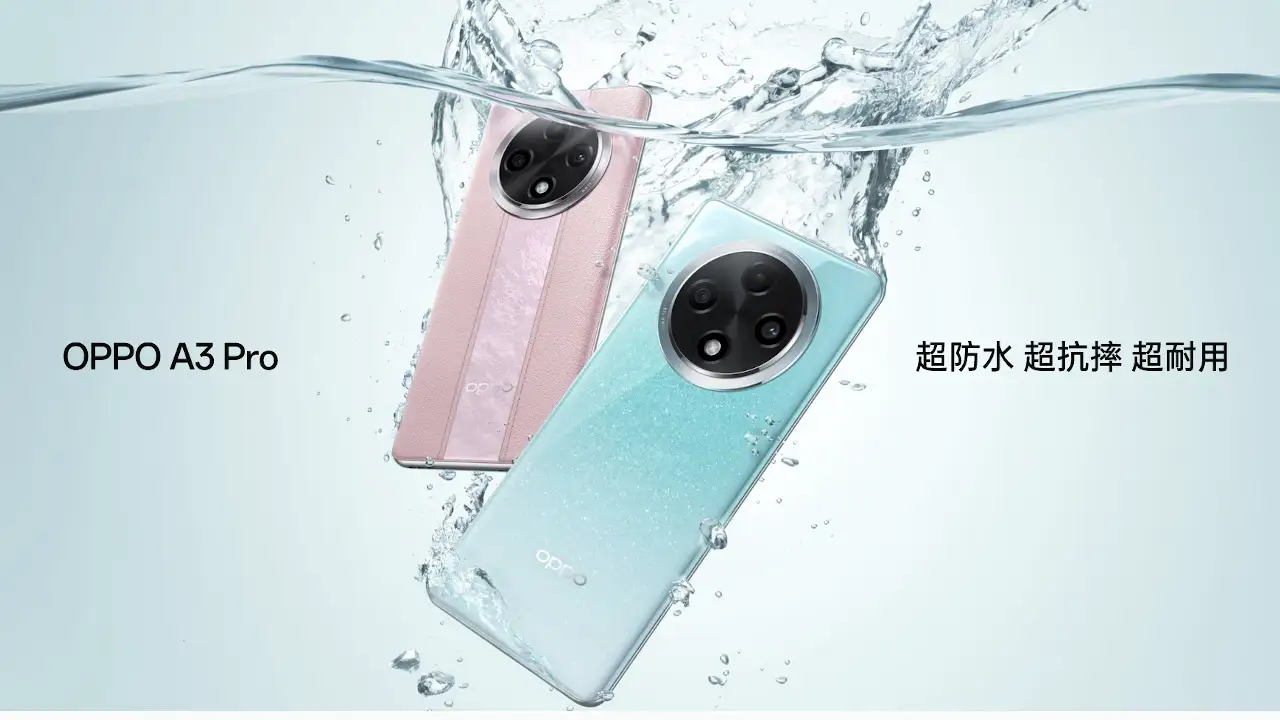

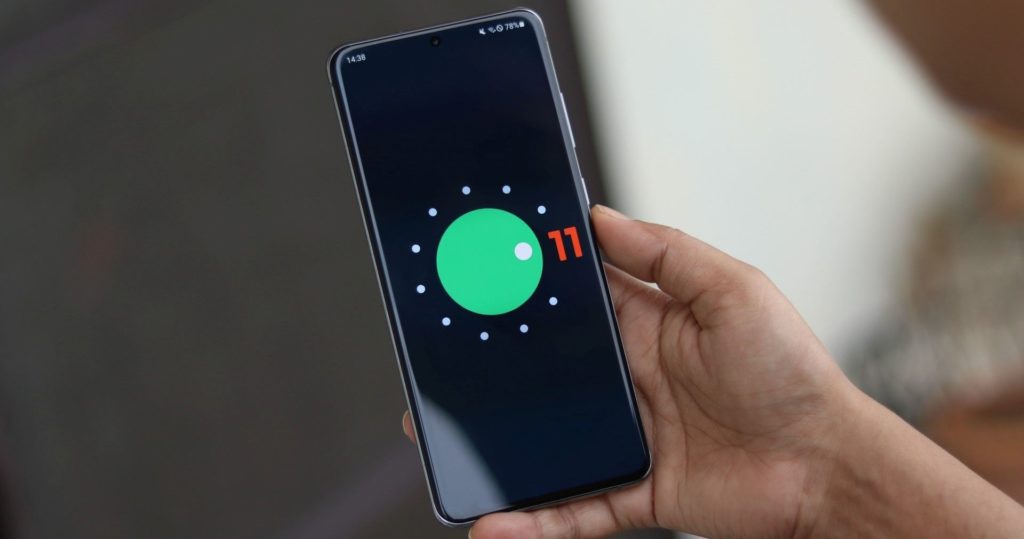
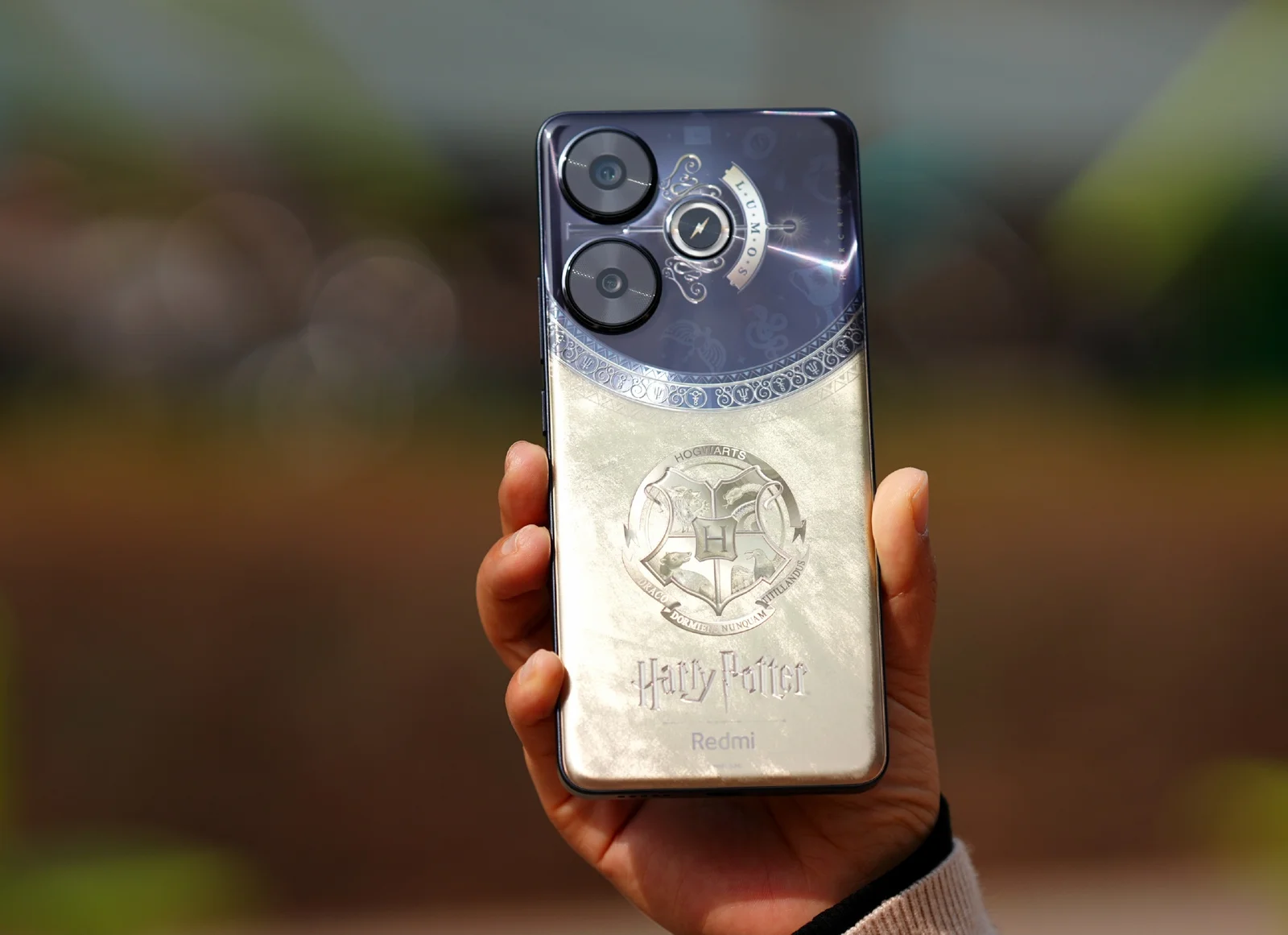
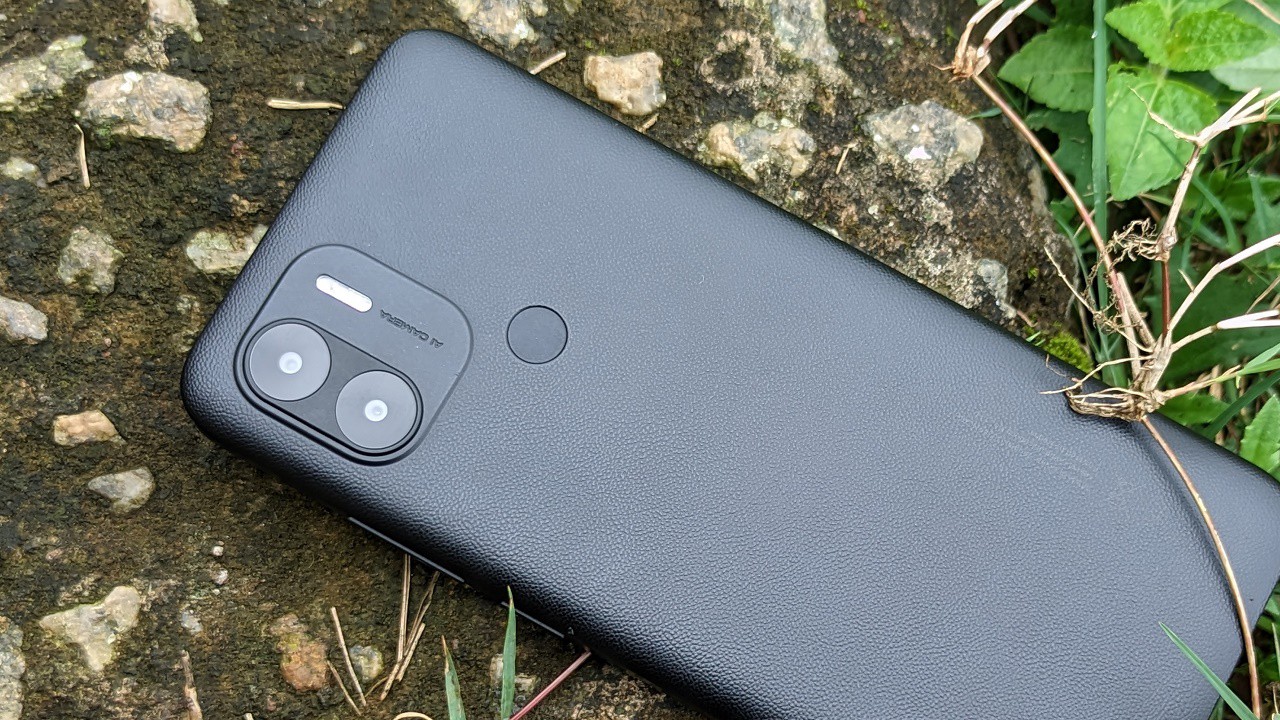
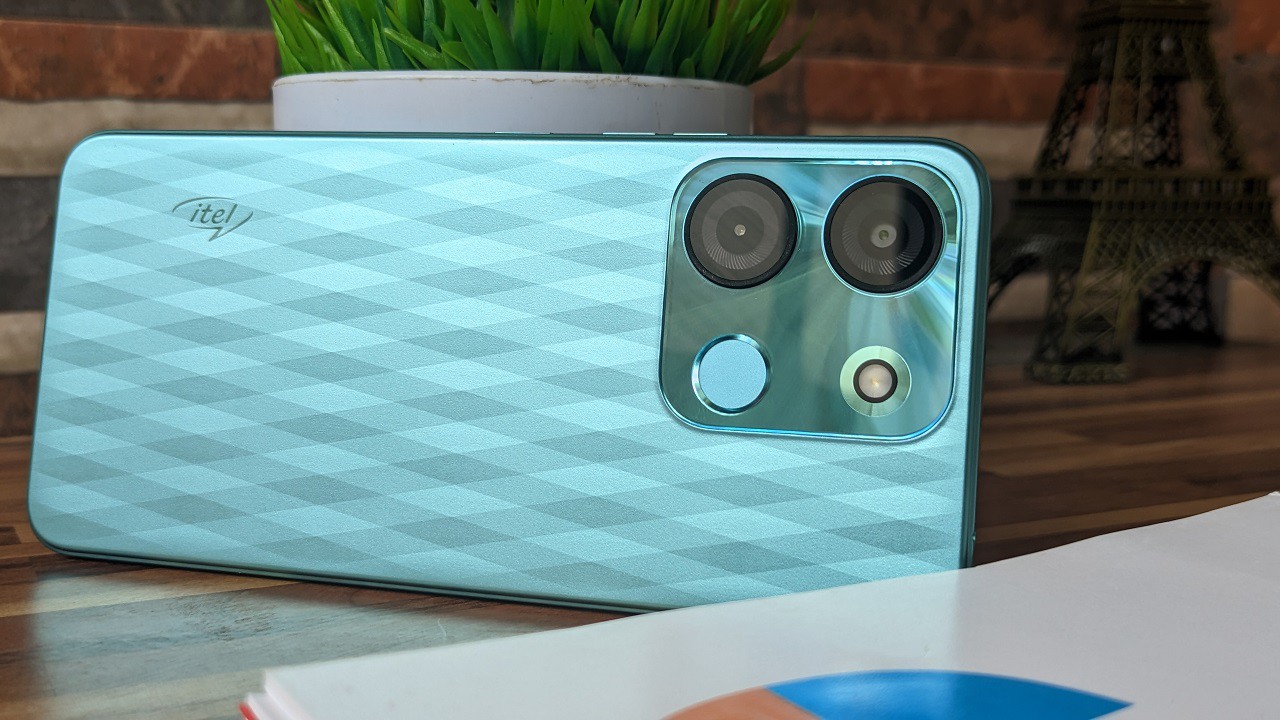
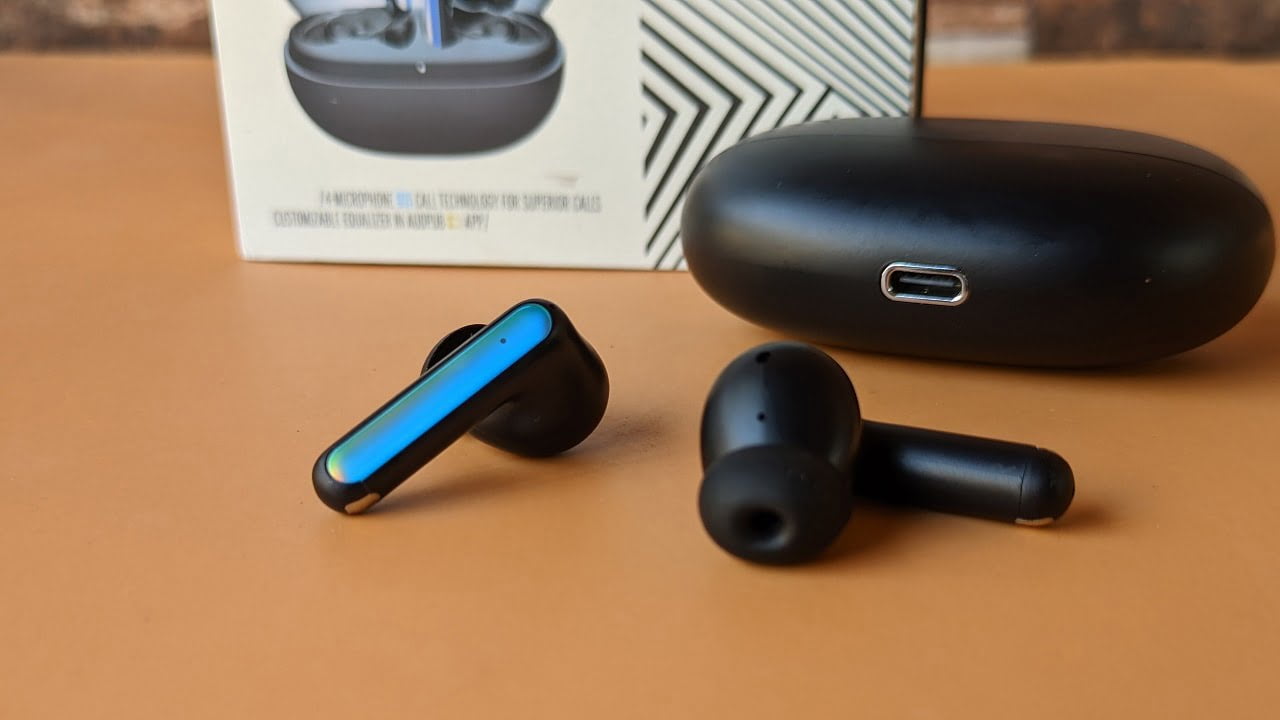
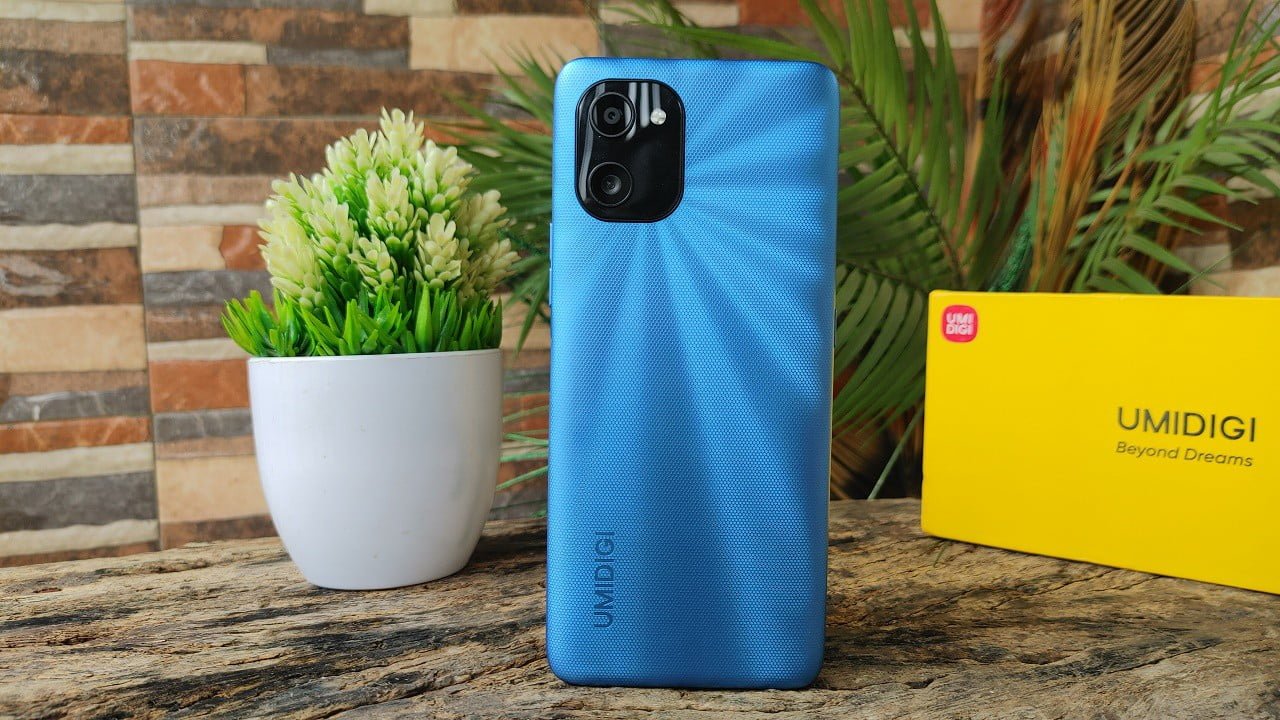
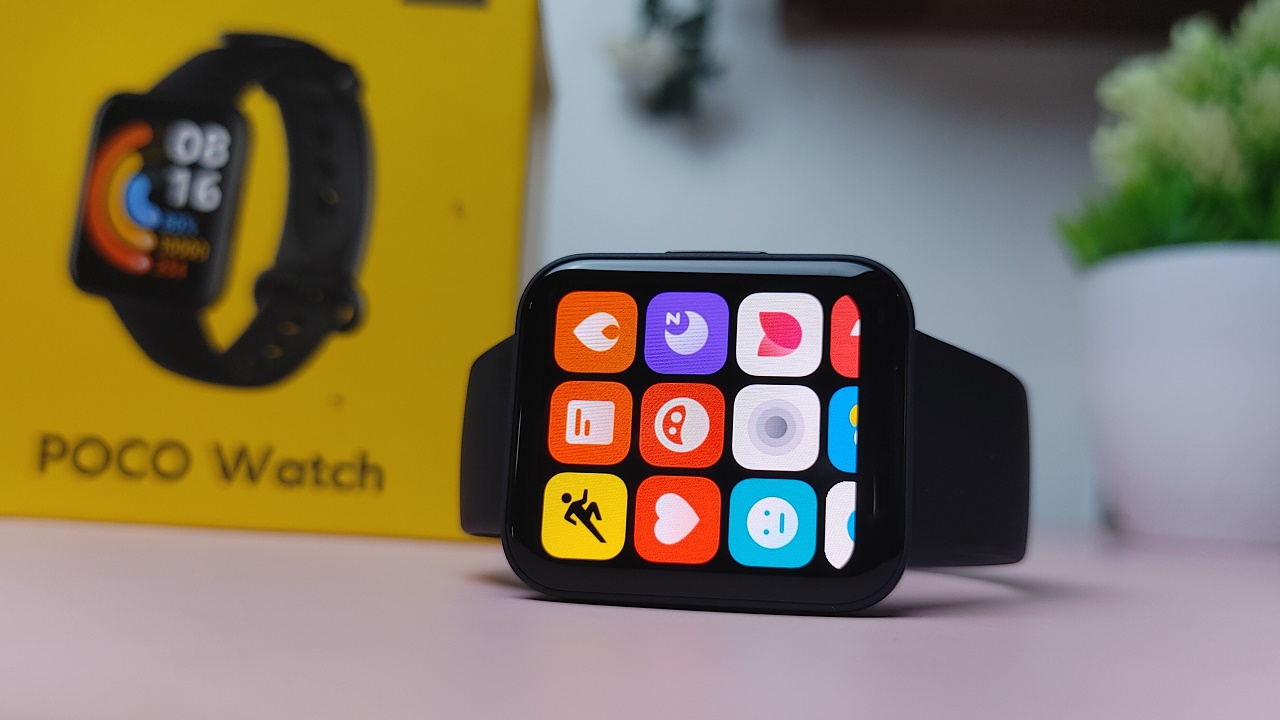
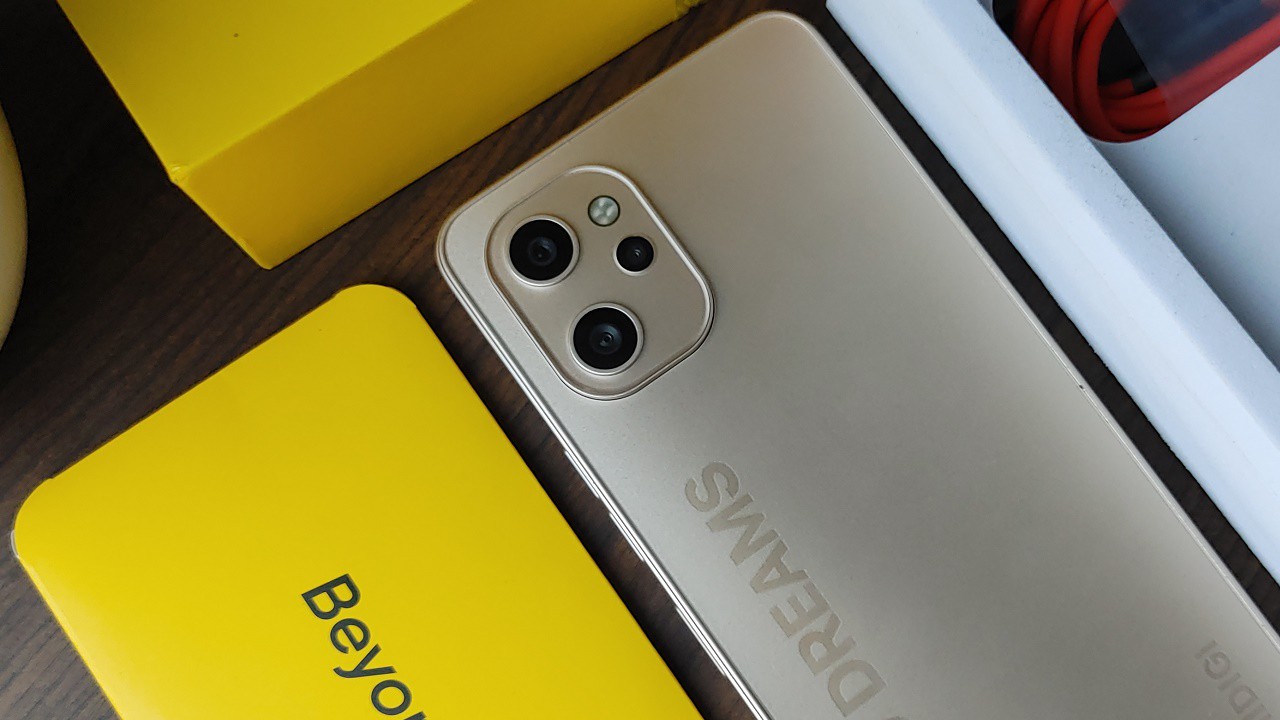
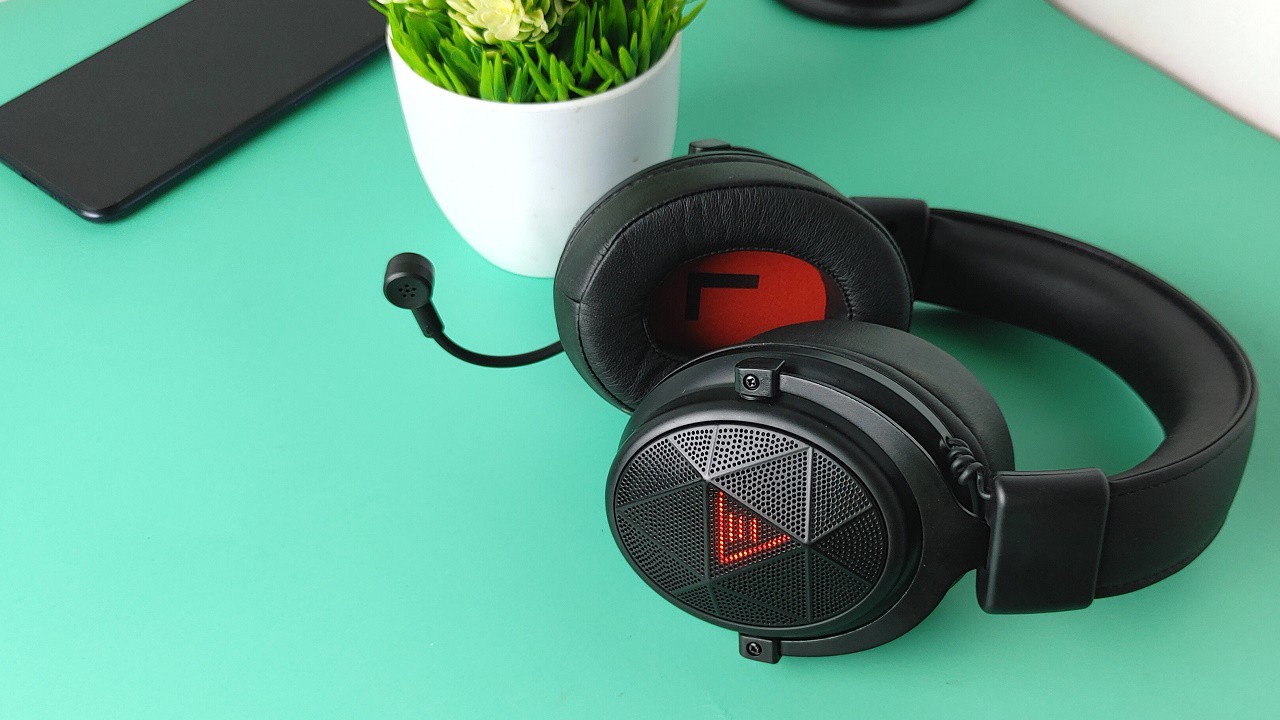
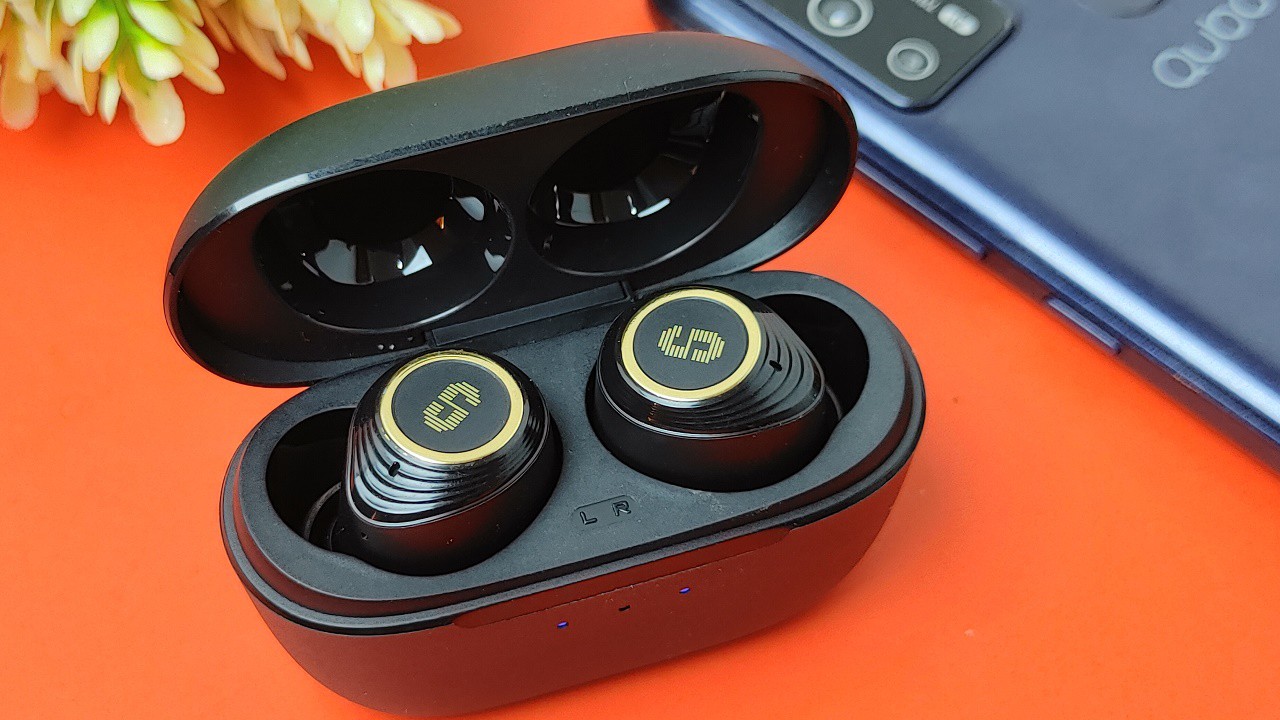
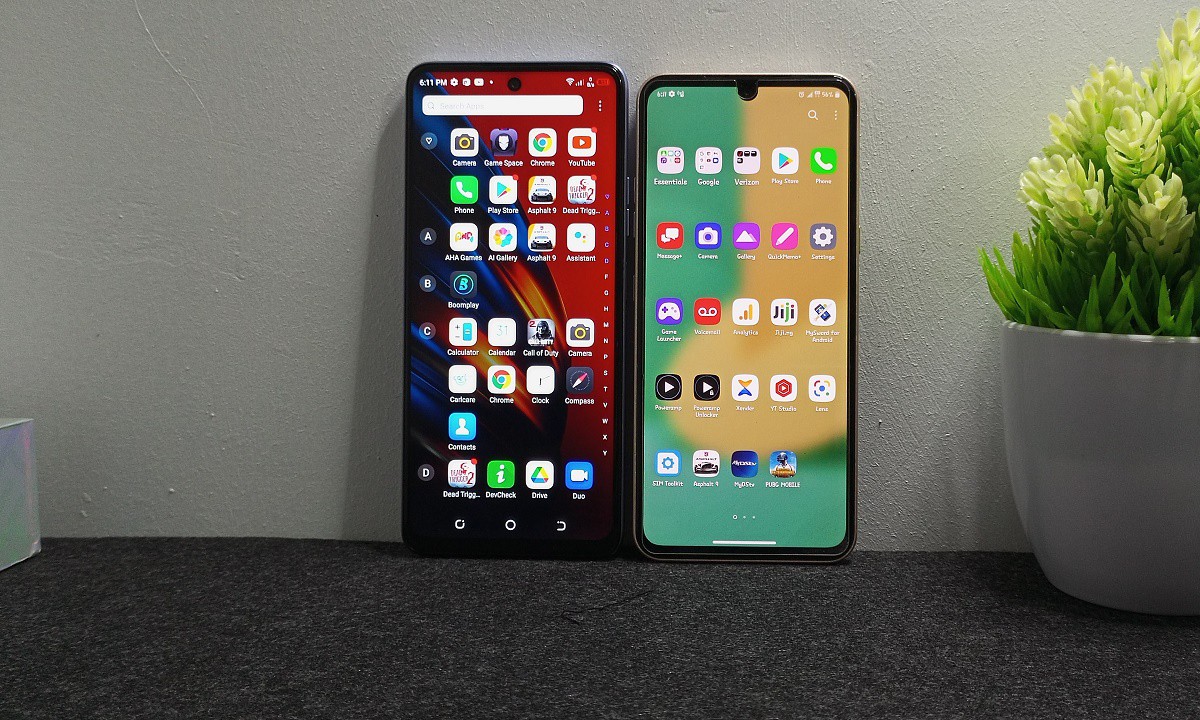

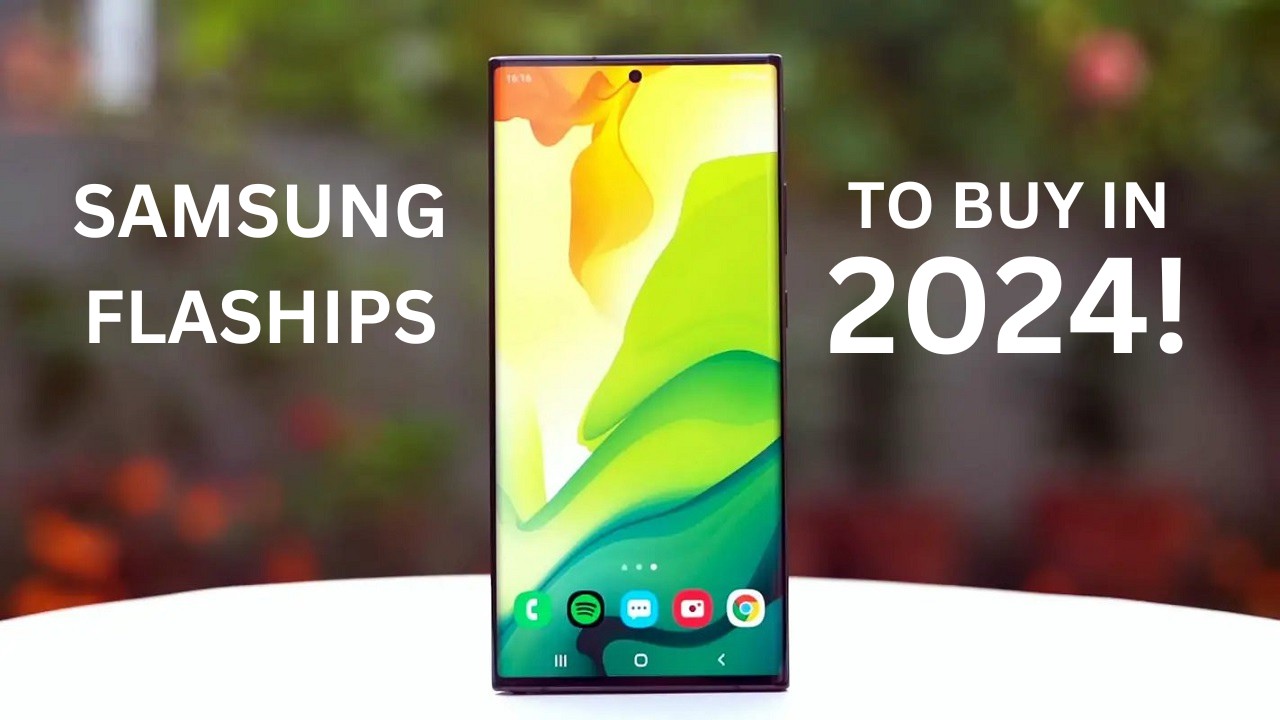
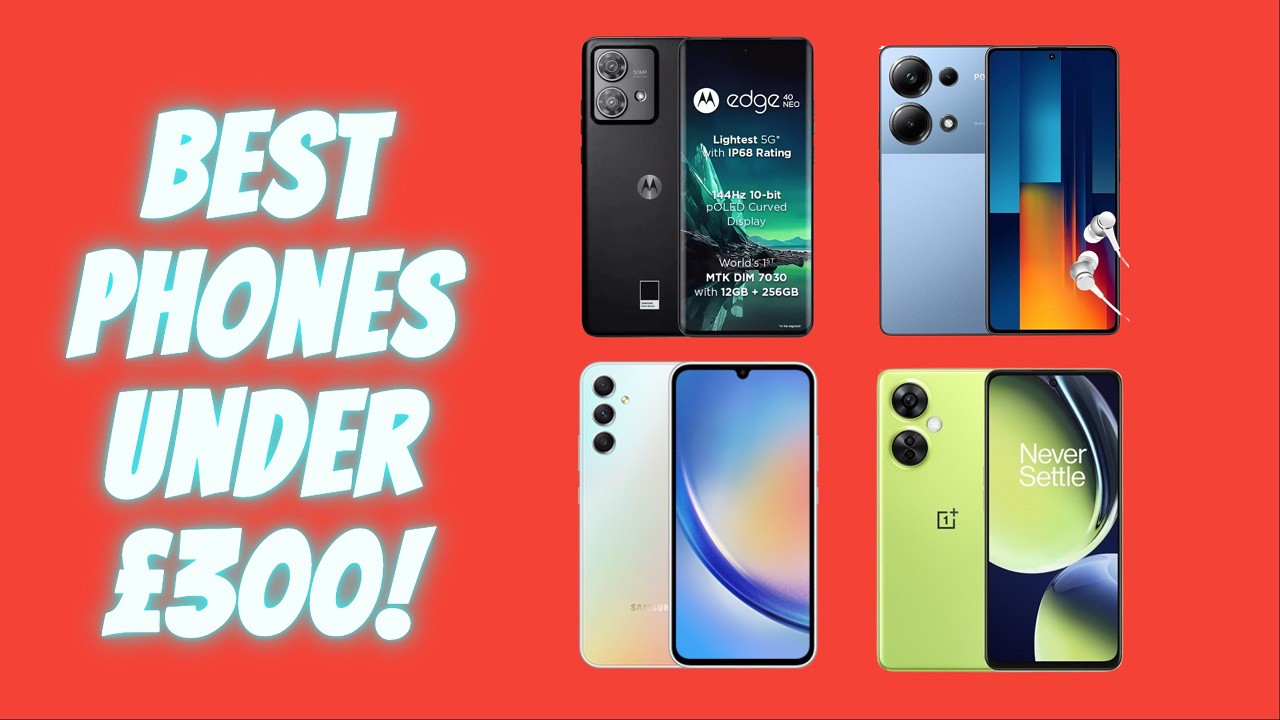

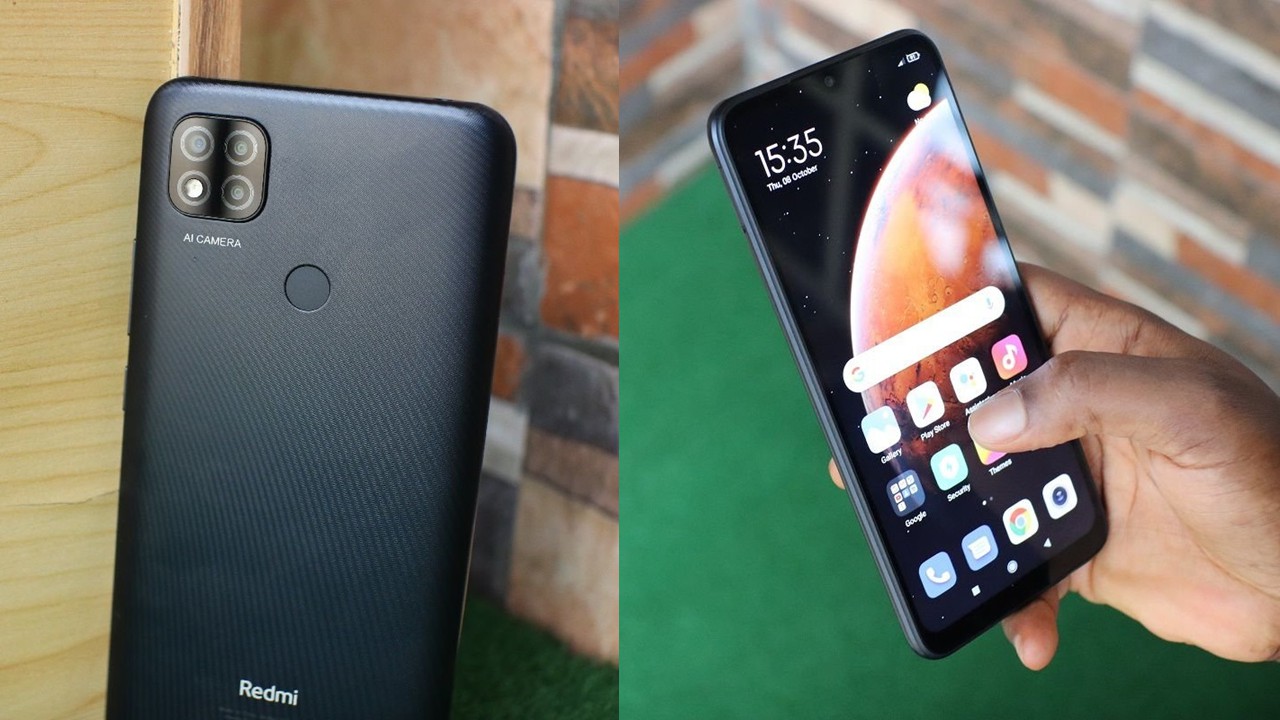
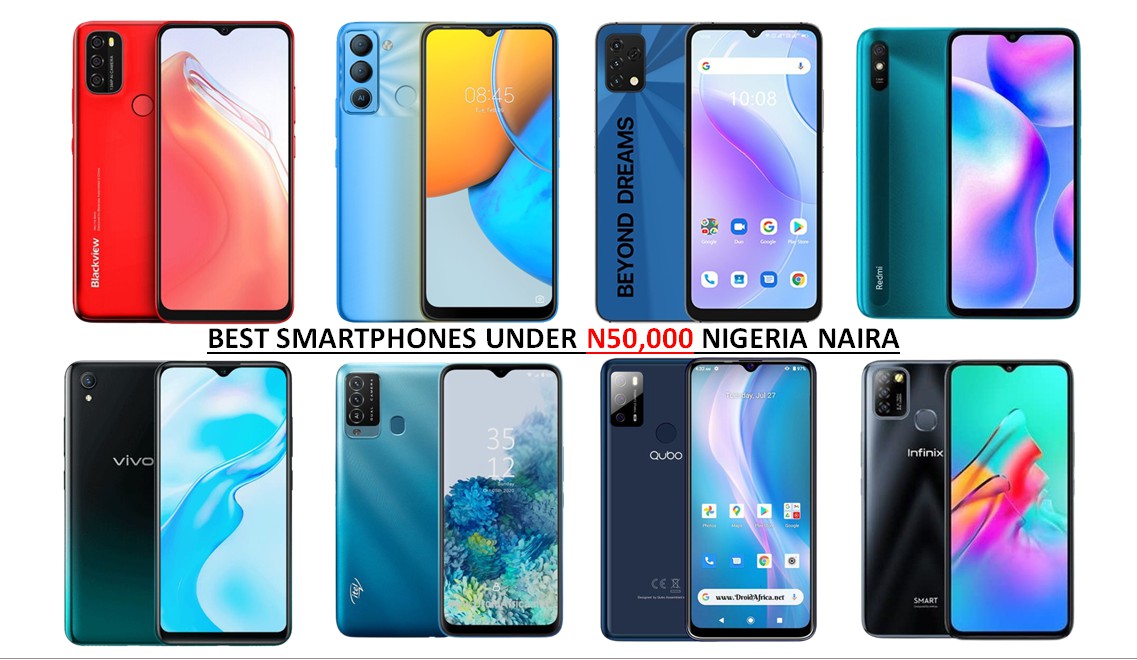
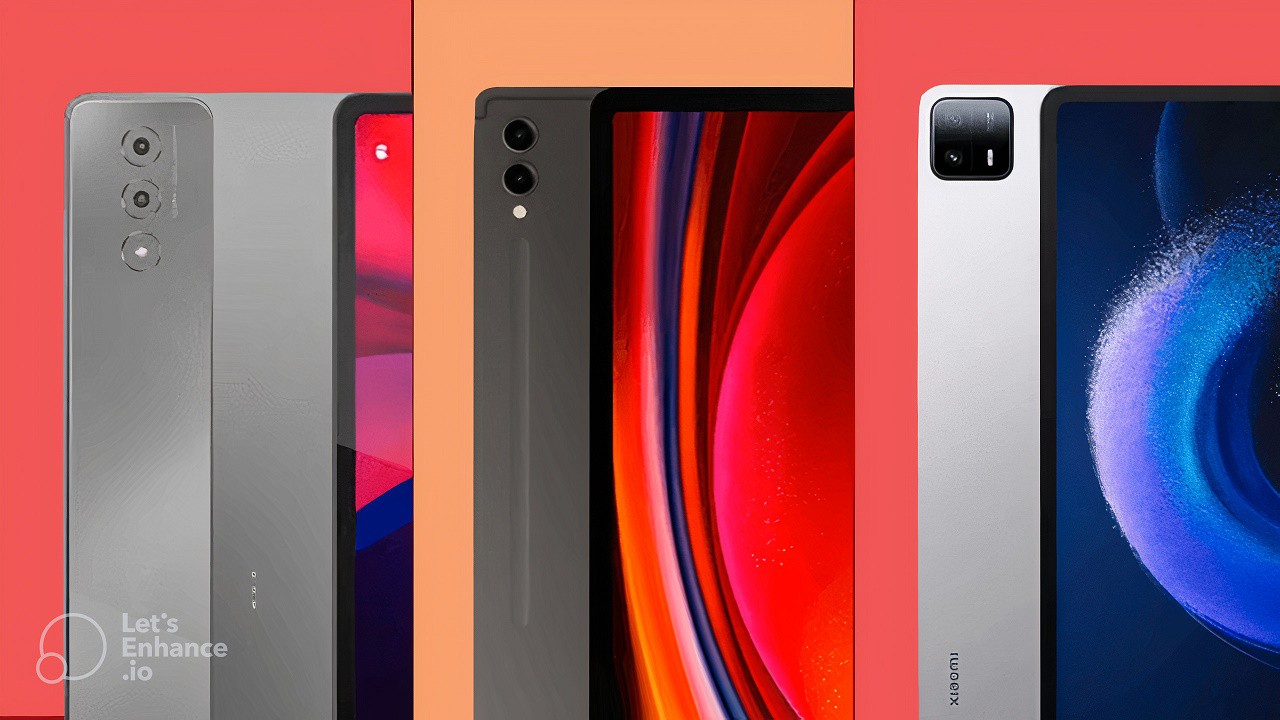
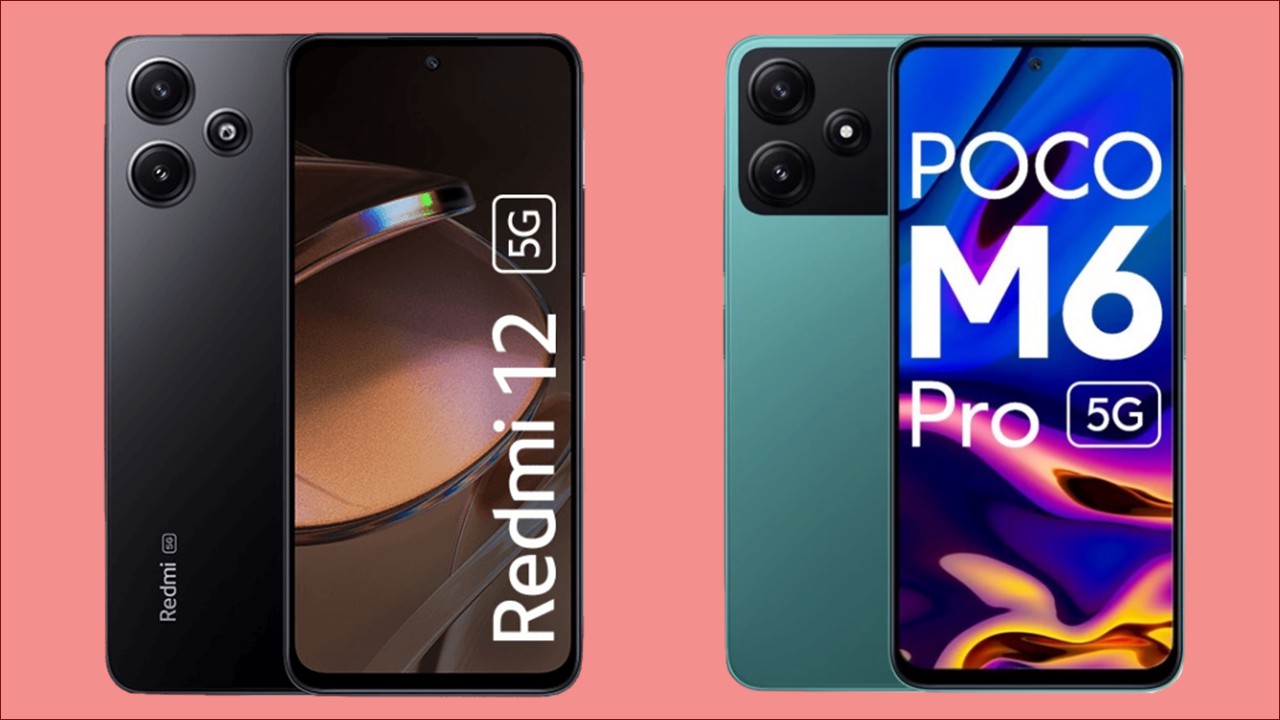
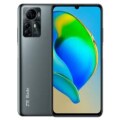
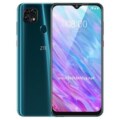

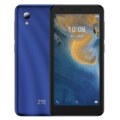
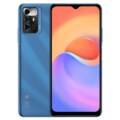
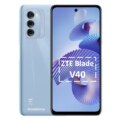
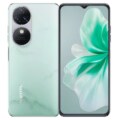
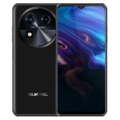
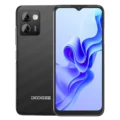

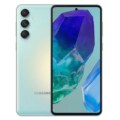
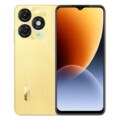

Leave a Reply